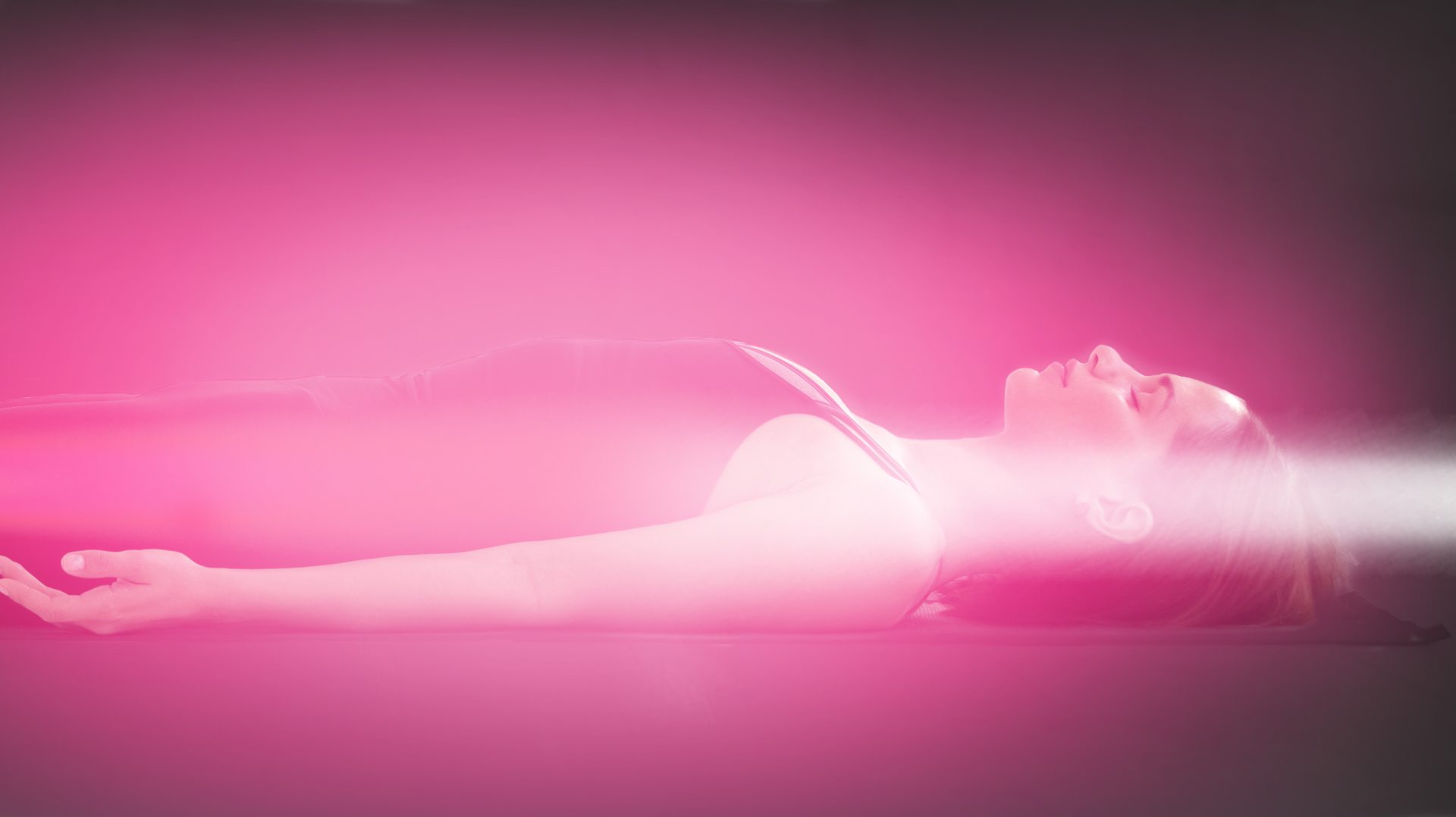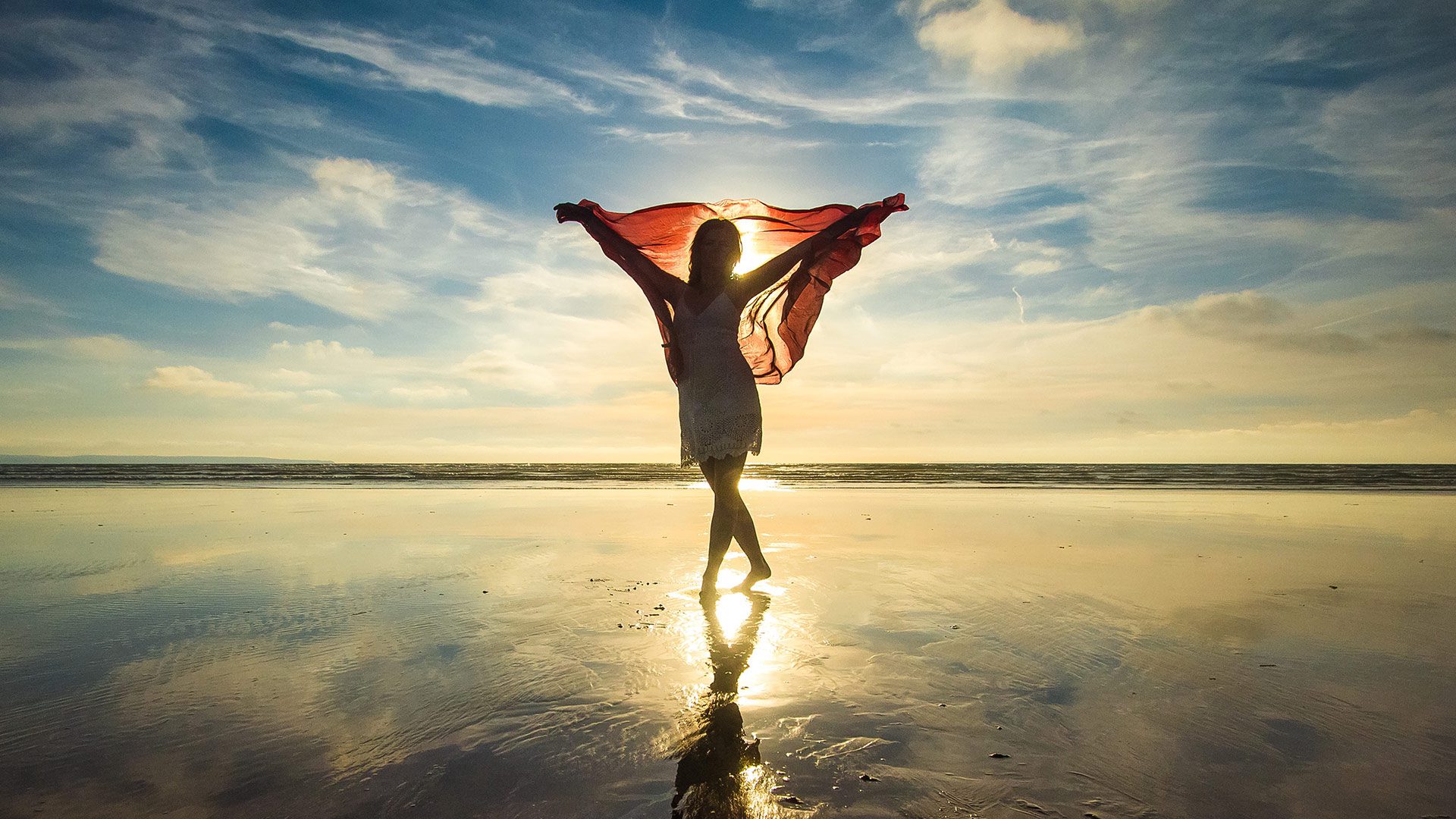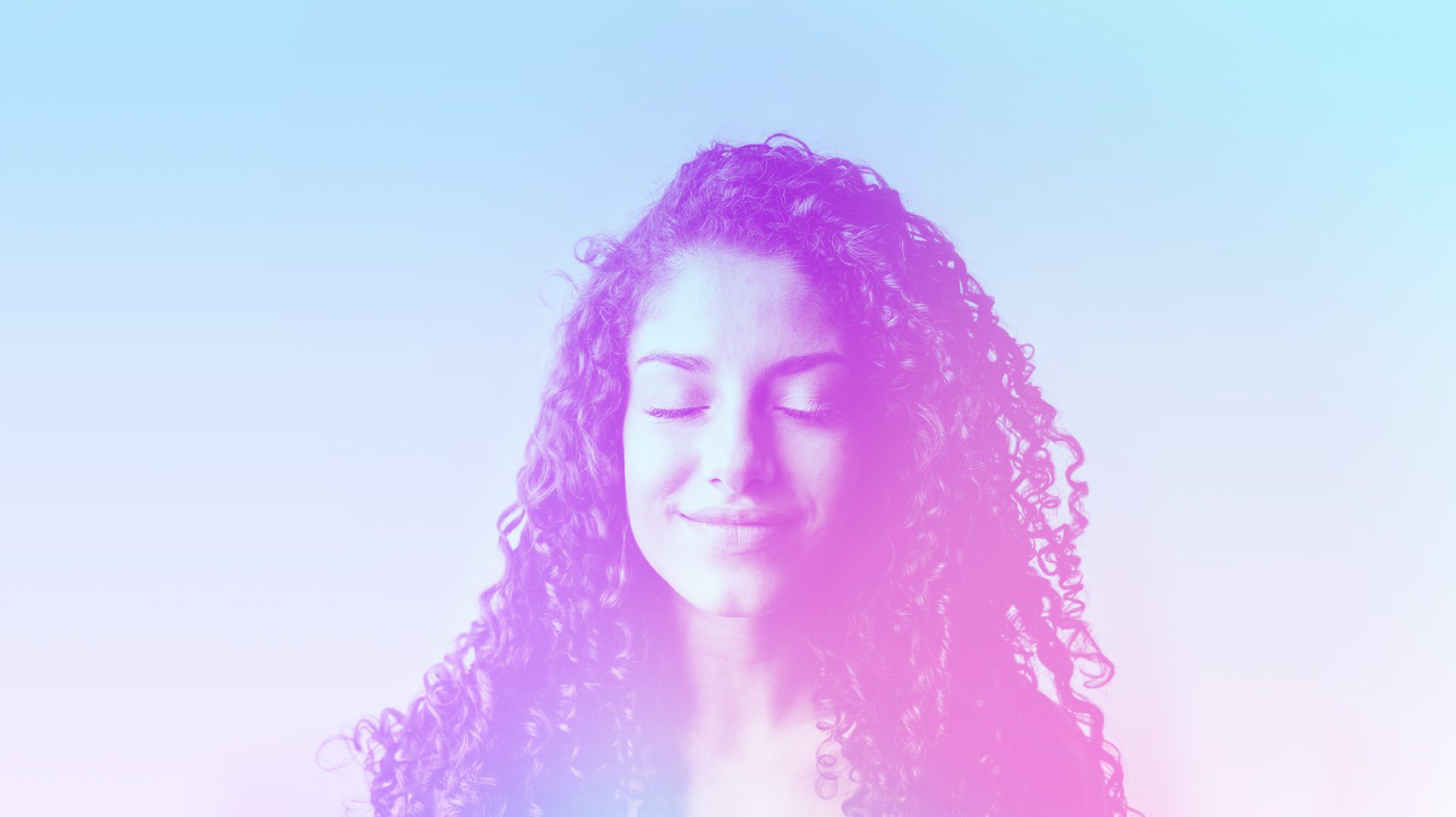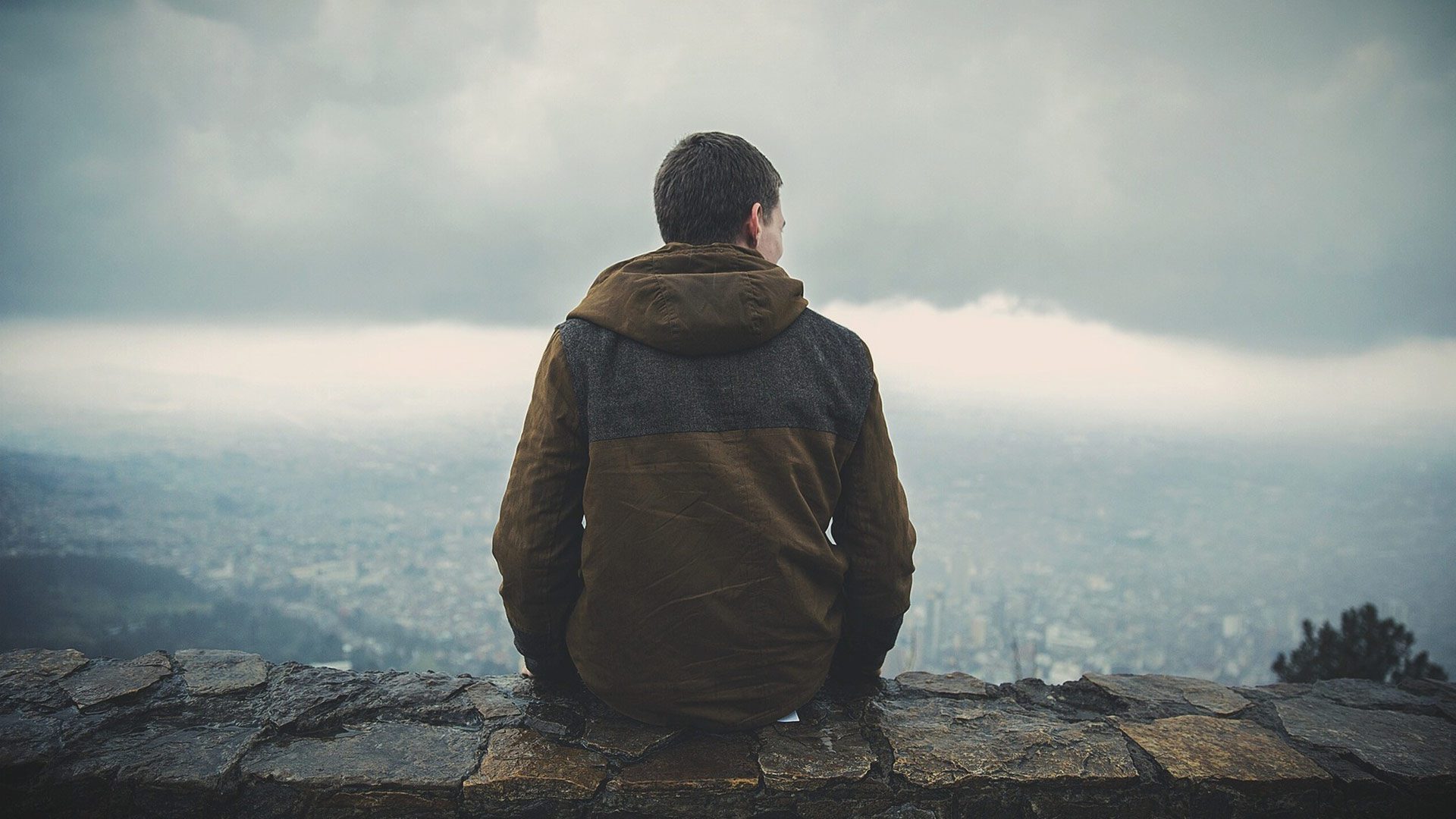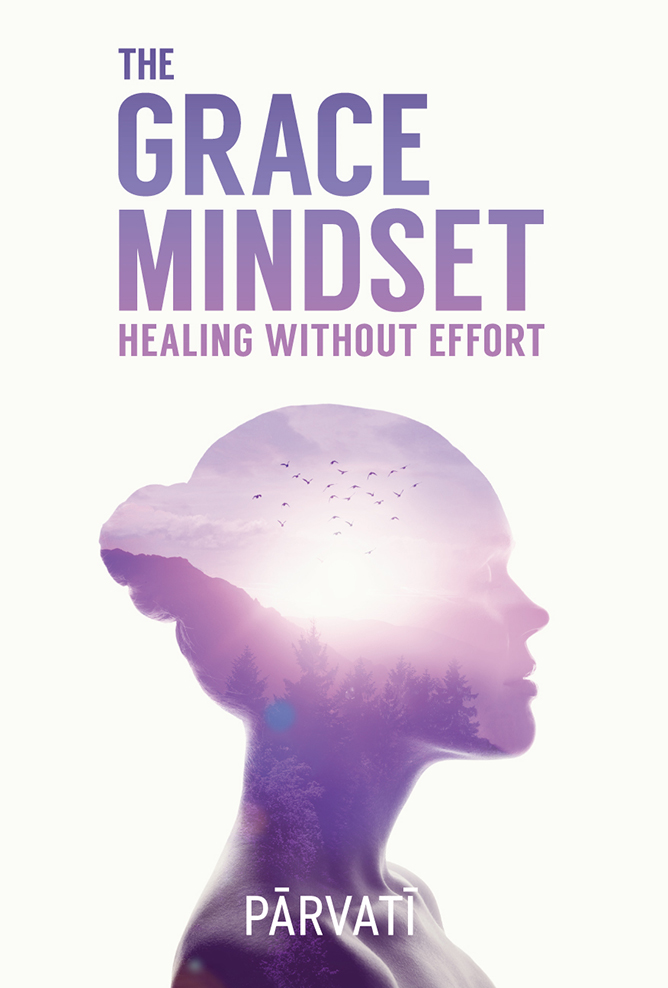
THE GRACE MINDSET
Healing in Mind, Body, and Spirit
Parvati
A Gift the World publication
Kupid’s Play, Toronto
Copyright © 2023 by Parvati Devi
All rights reserved. No part of this book may be reproduced or transmitted in any form or by any means, electronic or mechanical, including photocopying, recording, or by any information storage and retrieval system, without permission in writing from the publisher.
Published in Toronto by Kupid’s Play. Parvati.world
Cover design by Jellyfunk
CONTENTS
DEDICATION2
FOREWORD3
INTRODUCTION6
PART 1: THE HEALING JOURNEY9
THE CALL10
THE POWER OF CHOICE13
THE GUIDES AND THE GATEKEEPER19
THE GUIDES19
THE GATEKEEPER26
PART 2: THREE GRACE MINDSETS30
THE MIND31
THE FIRST GRACE MINDSET: NON-RESISTANCE36
THE GIFT OF NON-RESISTANCE36
THE BLOCK: ANTAGONISM AND “YES, BUT”41
THE OBSTACLE: RESIGNATION44
THE SECOND GRACE MINDSET: GRATITUDE48
THE GIFT OF GRATITUDE48
THE BLOCK: RESENTMENT53
THE OBSTACLE: NON-DISCRIMINATION59
THE THIRD GRACE MINDSET: HUMILITY63
THE GIFT OF HUMILITY63
THE BLOCK: ENTITLEMENT66
THE OBSTACLE: SELF-NEGATION AND SELF-PUNITION69
PART 3: THE NATURAL MIRACLE74
THE COURAGE TO GO INTO THE DARK75
THE NATURE OF MIRACULOUS HEALING81
THE GIFT TO THE WORLD88
CONCLUSION: YOU ARE THE WORLD92
APPENDIX: YOU, THE GRACE MINDSET AND MAPS95
HEAR YOU ARE THE WORLD97
FROM MY HEART TO YOURS97
FROM YOUR HEART TO THE WORLD97
DEDICATION
Dedicated to Amma, the angels, the whales, and you.
About the Author
Parvati is a force of Nature hardwired to support the evolution of human law with natural and universal law. Her exceptional creative capacity and broad range of expertise arise from her innate ability to listen to and work with Nature’s intelligence. An architect and musician by training, a creative director by vision, and a CEO of a multinational charity by heart, she serves a healthy world. Attuned to the frequency of the universe in homeostasis, she is a catalytic vehicle for the awakening of our inherent interconnection with all living things. In this, she assists the necessary realignment to solve the greatest challenges we face today, such as poverty, war, species loss, ecosystem collapse and an overheated world choking on carbon emissions. Her work harmonizes the dissonance between our current political climate, economic and humanitarian actions into universal aid, uniting world leaders and global citizens alike to respond with compassion for the wellbeing of all.
INTRODUCTION
Though we live in a high-speed, often-agitated world where there can be tremendous suffering, there has never been a greater call than there is today for collective and individual wellbeing. We cannot deny the existence of pain. However, grace is also present to assuage it. When we tap into its abundance, health and happiness can happen in ways that seem miraculous. Of this, I have firsthand experience, both as a practitioner and as a patient.
Having founded the Active Integration and Holistic Education program at the University of Toronto, where I taught six courses, and having facilitated workshops and assisted individual clients since 1998 with intuitive counseling and several forms of sound and energy healing, it has been my privilege to witness extraordinary transformations in the lives of others.
On my travels, I have witnessed the world as a whole struggling to heal. Some conflicts resolve quickly, while others leave their mark for generations and flare anew. I see the acts of violence that continue to occur globally today as a sign of a collective illness. These incidents call each of us to awaken into a new way of being. Just as our world needs healing, so do we.
It is as though each of us is a cell within a greater whole. Each cell has its own vitality, its own health, its own vibration. The more we align with joy, love, and healing, the greater benefit to ourselves and to those around us. When we close our hearts and choose fear, hatred, and revenge, we harm ourselves and the world. Painful choices are like cancerous mutations of our beautiful human nature. They wreak havoc, upset balance, and seek to overtake the life force present throughout our shared body.
The answer to our external suffering is the same as the answer to the internal suffering.
Whether inwardly resentful, wanting this moment to be other than it is, or outwardly antagonistic because we only see the people and events around us through our own distorted perception, we all have within us the seeds of pain. It is up to each one of us to choose whether we act in ways that support wellbeing—not sometime in the future, but now, today, in this moment.
Through practice and observation, through guidance both explicit and subtle, I have come to understand that there are three essential mindsets that support healing. I share them with you in this book in the hopes that you will implement them and find greater joy and well-being in your own life—and in the world around you.
However, no one can do the healing for you. Though I share what I can with you, this is your journey to take. If you do not, this book will simply remain words on a page. As we move through the book together, I will ask you to pause at times, with points of contemplation, to help you integrate the material. The physical act of writing in a journal has been scientifically proven to help your brain retain information. I also suggest that you read this book out loud, at least the integration points, as well as your answers. It will help you feel the power and truth of what you read and write. The more you experience this book in your body, the more the Grace Mindset can become a part of your everyday living.
PART 1: THE HEALING JOURNEY
THE CALL
As I look back, I can see how the creation of this book, and much that I now understand about healing, began with the dream of a whale.
During Toronto’s unusually hot summer of 2010, I was scheduled to do a musical tour in Asia. But I kept having a dream of lying on ice, while a great blue whale swam below. It was waiting for me. Finally, I postponed my Asian tour and traveled instead to the North Pole to help raise awareness of the melting Arctic sea ice and our global interconnection.
Three weeks later, in a remote village in the High Arctic on my way to the North Pole, I was greeted by two Inuit elders who said, “You are the one who has come to do healing for the planet. We knew you were coming—the whale told us.” In that moment, I knew I was part of something vast and purposeful beyond my understanding. Nature’s intelligence works through us if we are willing to listen.
On a frozen sea at the top of the world, I gave the northernmost musical performance ever. I dedicated every note I sang to the well-being of all, to the Earth, to life itself. Then I offered prayers and energy work to Nature. I went deep within, became very still, and asked that I might be a vessel for healing for the planet as a whole, and all beings. What followed was a visceral experience of the Earth’s critical role of balance within the universe; the deep suffering it currently experiences from the weight of our ignorance; and the profound pain that exists in humanity because of that ignorance. In the face of this, a spontaneous prayer poured from my heart to the planet itself: “Mother, I know you are suffering. If I can help, if I can alleviate your burden in some way, please let me know.”
When I returned to Toronto, I had a very intense time trying to integrate the immensity of suffering I saw in our world: the way we resist the exquisite joy of being here; the way we hold onto pain and make it “mine”; the way millions all over the world suffer from not having very basic needs met; the way those with so much squander their gifts and take their bounty for granted. I cried for weeks, not in a sentimental feeling of sadness, but in shock from what I saw and felt. My heart was breaking open to a whole new reality, and I was grieving.
After a couple of months, that phase of grief started to subside. I thought my life was going to return to normal, and I could resume the musical tour I had put aside for the North Pole journey. But the emotional shift I was experiencing was just the first opening of a deeper crack in my heart and soul, bringing new information into my consciousness. The whale had not completed its teachings. My prayers for the planet were still floating in the ethers. I would never have imagined possible what happened next.
* * *
When the tsunami devastated Japan on March 11, 2011, I was sound asleep on the other side of the world. I woke up that morning from a turbulent night riddled with nightmares, feeling inexplicably shaken to my core. I could not get out of bed at first, as my legs were numb and not fully responsive.
I pushed through that morning to attend meetings with executives at an international music conference. I had to lift my legs with my hands whenever I got into or out of cars, because my legs were not working properly. Yet I thought the strangeness would pass as spontaneously as it had arrived. Soon after I returned home, however, that would prove not to be the case.
Out of nowhere while I was attending to some simple tasks, overwhelming pain suddenly shot through my spine. My mind went blank from sheer trauma. I could not move my spine or my legs at all. I do not fully remember the details that followed. But I do know that my blood-curdling scream brought Rishi, my husband, running into the room. As I cried in agony, he took me by my arms and half-lifted, half-dragged me—because I could not bear for him to pick up my legs and bend my body in any way—across the hall and onto my bed. Paralyzed from the waist down, I would remain there for three months.
Doctors took a look at the state of my spine and were certain I had been in a car accident. They were shocked when I said I had not experienced any actual physical impact and this had happened spontaneously. They recommended immediate spinal surgery, and I was given just a 50-50 chance of walking again.
When I walked again, without an operation, my recovery was deemed miraculous.
END OF SAMPLE





